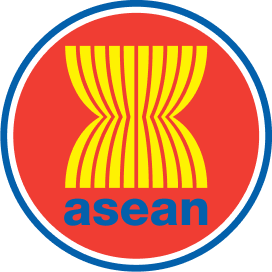
Introduction
The nurturing of ‘ASEAN awareness’ and community participation is central to the ethos that underpins ASEAN’s social development strategy. In recognition of this, ‘Identity’ is placed at the start of this Outlook and its inter-relationship with socio-economic development choices and outcomes are examined throughout.
Although identity is central to ASEAN’s strategy (and indeed to who we are as human beings), defining precisely what it entails is not straightforward. To identify its objectives and implementation mechanisms, the ASCC needs a participatory and inclusive approach to develop a fuller understanding of the idea of ‘ASEAN identity’. This presents both a policy objective in and of itself and a means of supporting other policy objectives (Park, 2020).
The purpose of Theme 1: Identity is to discuss how ASEAN identity has to embrace inclusivity and diversity. The idea of identity is wide. It takes in the past, as well as the present. It includes the individual, as well as the collective. ‘Identity’ can relate to small groups within a nation, age-related characteristics, transboundary commonalities, shared gender-related factors, ethnicity, or links of faith and or shared cultural experiences.
This theme consists of four sections:
Section 1.1 looks at Identity Construction and Multiplicity as interconnected, multiple pathways to assist in achieving cohesive social and cultural objectives.
Section 1.2 examines how ‘Identity’ links to Inclusivity and Diversity by looking at individual identities through the examples of disability and gender.
Section 1.3 Collective Identity and Culture adopts a collective point of view to investigate issues of ethnicity and heritage.
Section 1.4 Communications, Language, and Technology discusses the importance of how these ideas and notions are communicated across society through different languages and modes of communication.
In addition to setting up a discussion on the meaning of ‘identity’ across the ASEAN member states, Theme 1 draws on various official ASEAN documents addressing a range of associated topics. The aim is to review case studies and identify metrics within ASEAN for monitoring and evaluating its own strategic and work plans. This process of reviewing existing documentation has highlighted particularly innovative plans, offering additional insights into existing streams of work being undertaken by ASCC.
To read the full report, please download to the link above.








